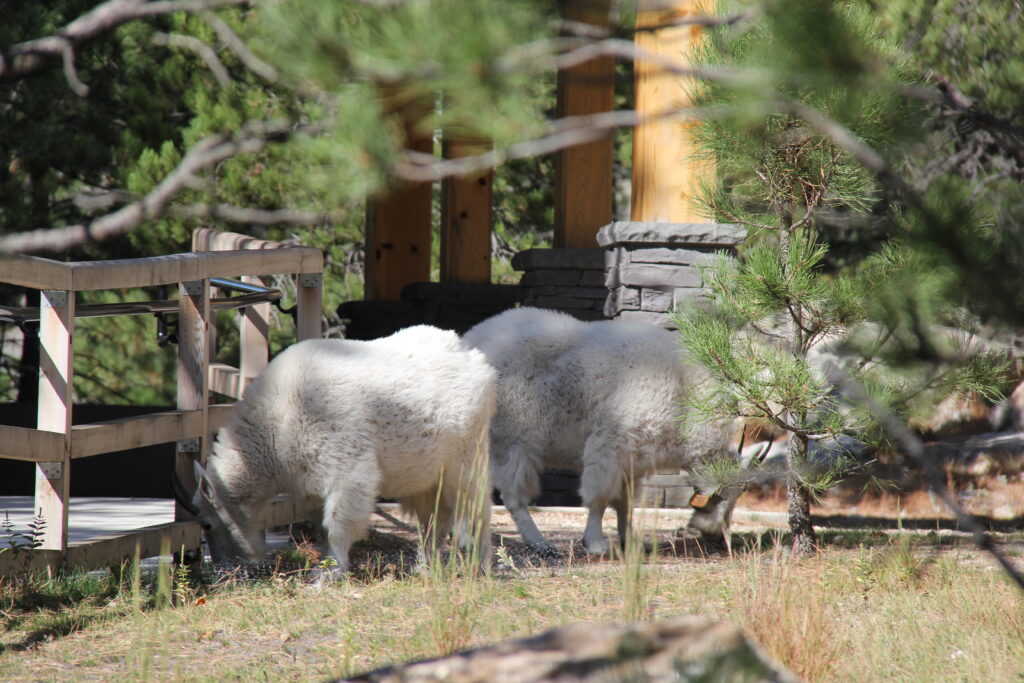The national memorial is centered on a colossal sculpture carved into the granite face of Mount Rushmore in Black Hills. The memorial was conceived by Doane Robinson, a South Dakota historian mainly to attract tourists. The sculptor Gutzon Borglum chose four presidents representing different eras of American history: Washington (birth of the nation), Jefferson (expansion), Lincoln (preservation of the nation), and Roosevelt (development). The carving took place on land that was illegally taken from the Sioux Nation. Workers blasted and carved the granite mountain for 14 years, using dynamite, hammers, chisels, and drills. The project began in 1927, with the final work finished in 1941.
We visited the memorial in 2017.
The Avenue of the Flags – is the main pathway to the Mt Rushmore memorial. Here, guests are greeted by a walkway flanked on both sides by the flags of all 50 states and territories of the United States. Arranged in alphabetical order, the names of each state, district, commonwealth, and territory are listed on the pillars directly below each flag.
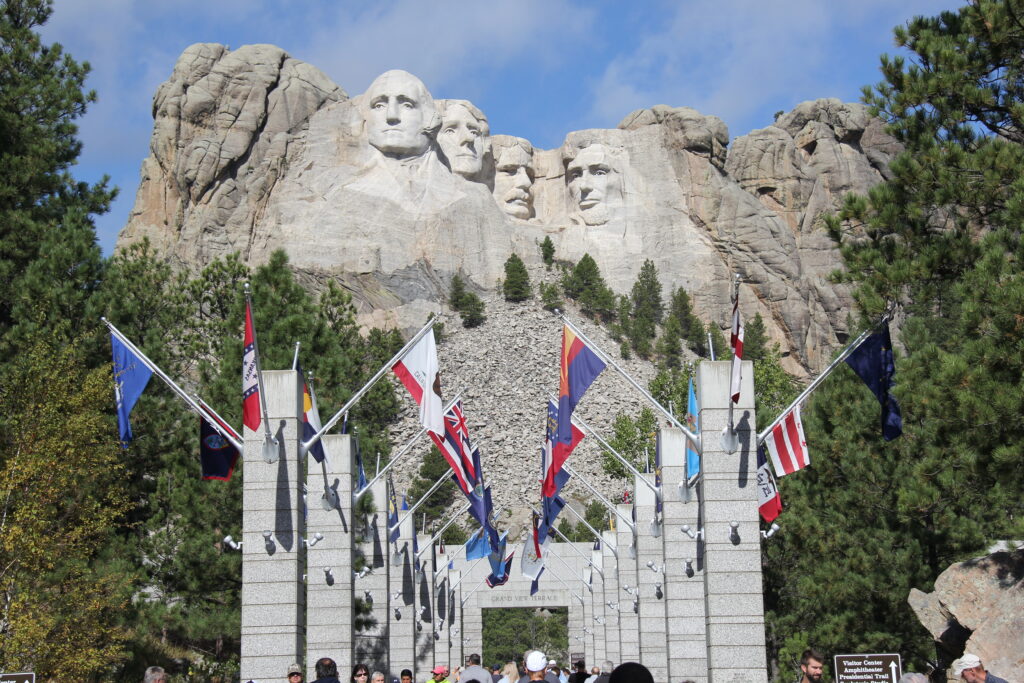
Mount Rushmore National Memorial – The Avenue of the Flags is the pathway that leads to Grand View Terrace which is the primary platform where visitors have a clear view of the Memorial. From the platform you get an unobstructed view of the 4 presidents – Washington, Jefferson, Roosevelt, and Lincoln.
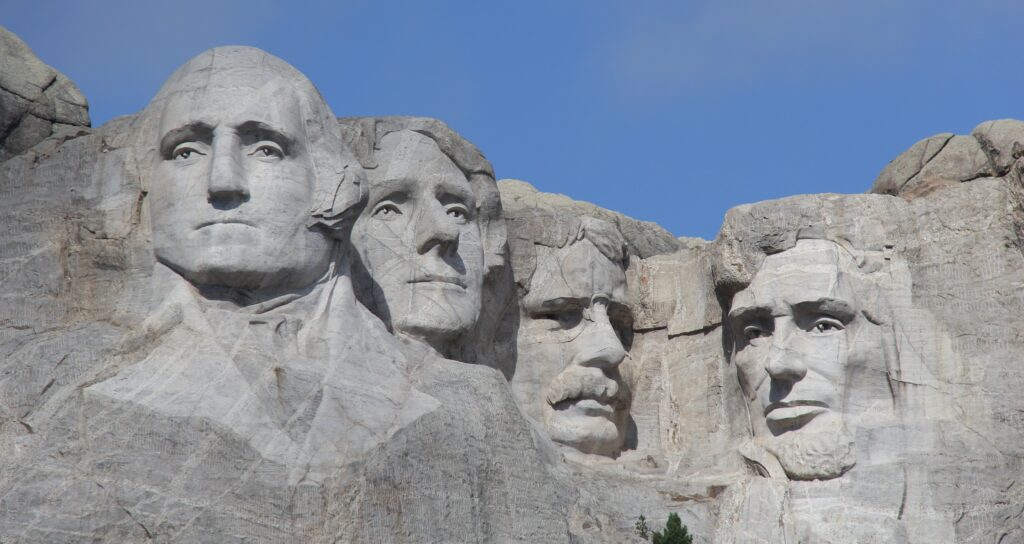
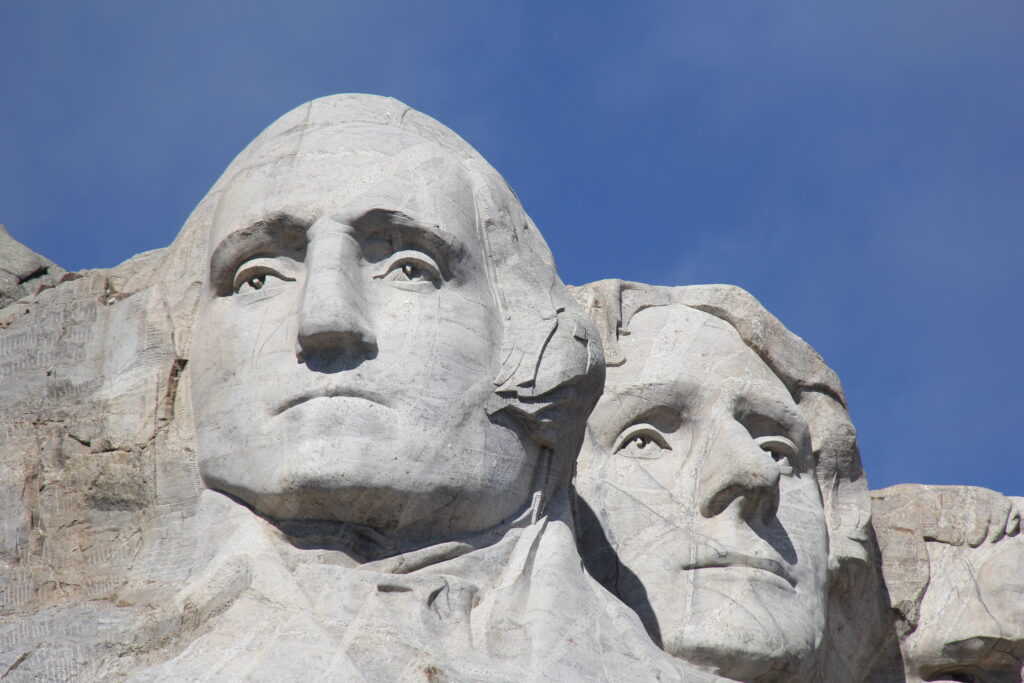
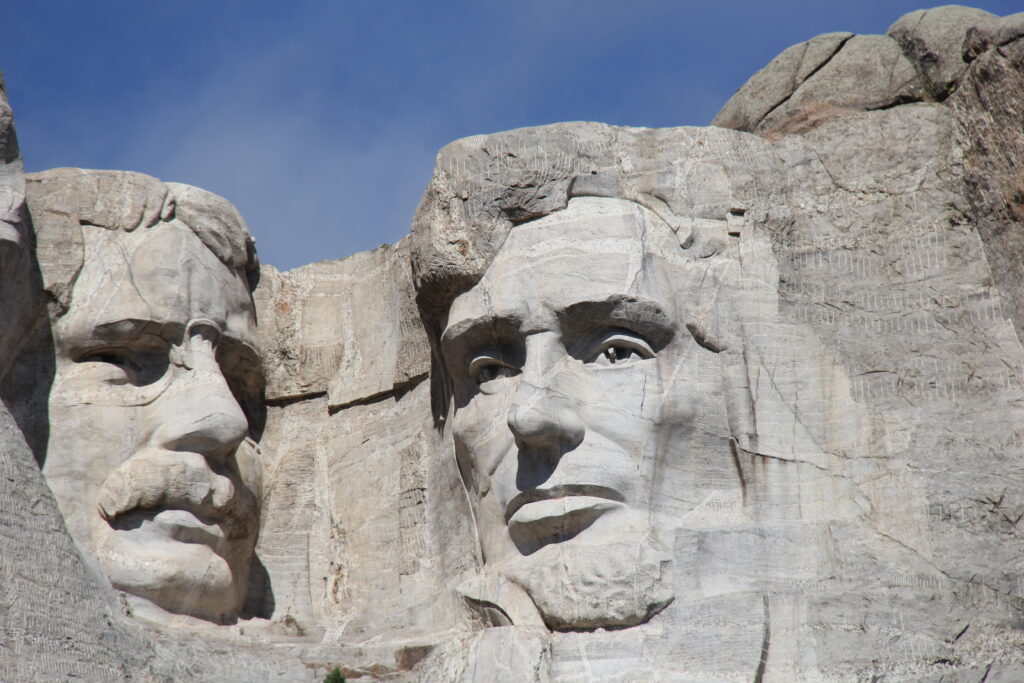
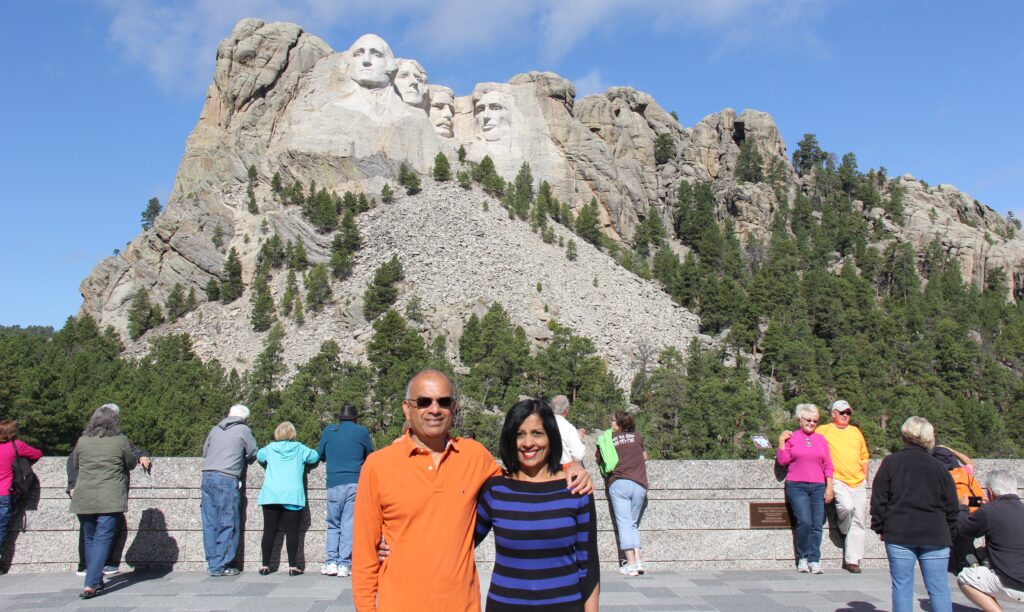
Lincoln Borglum Visitor Center – The Lincoln Borglum Visitor Center, Museum, Theater & Bookstore is located below the Grand View Terrace. The visitor center offers interactive museum exhibits, a short film, and an information desk staffed by park rangers. The short film, Mount Rushmore: The Shrine, gives visitors a true understanding of the immense amount of detail and work that went into carving the faces of these four former U.S. Presidents. The Exhibit Hall provides education on the sculptor and his workers, and even contains some of the original tools used for the carving.
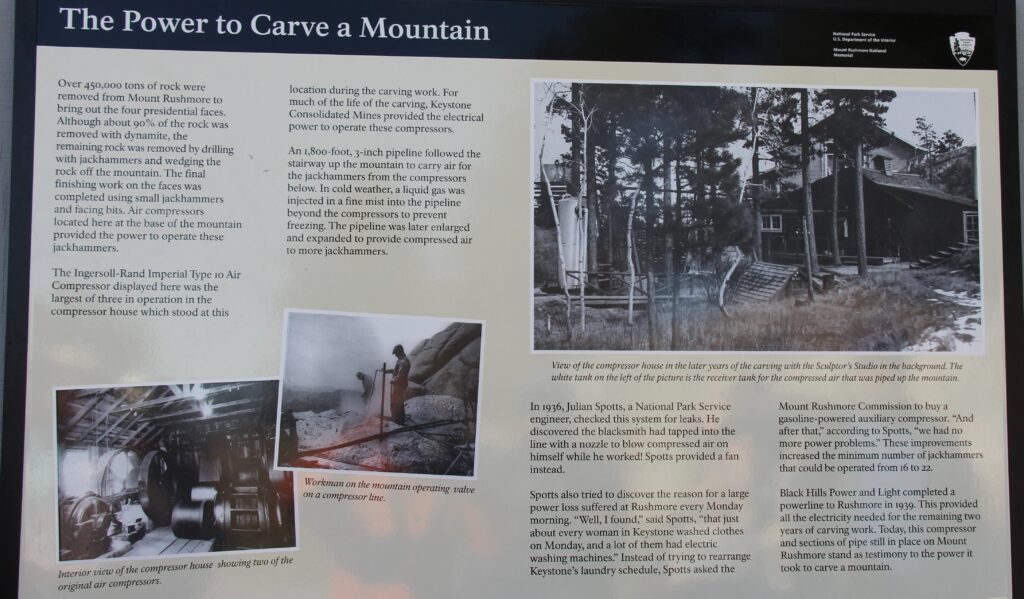
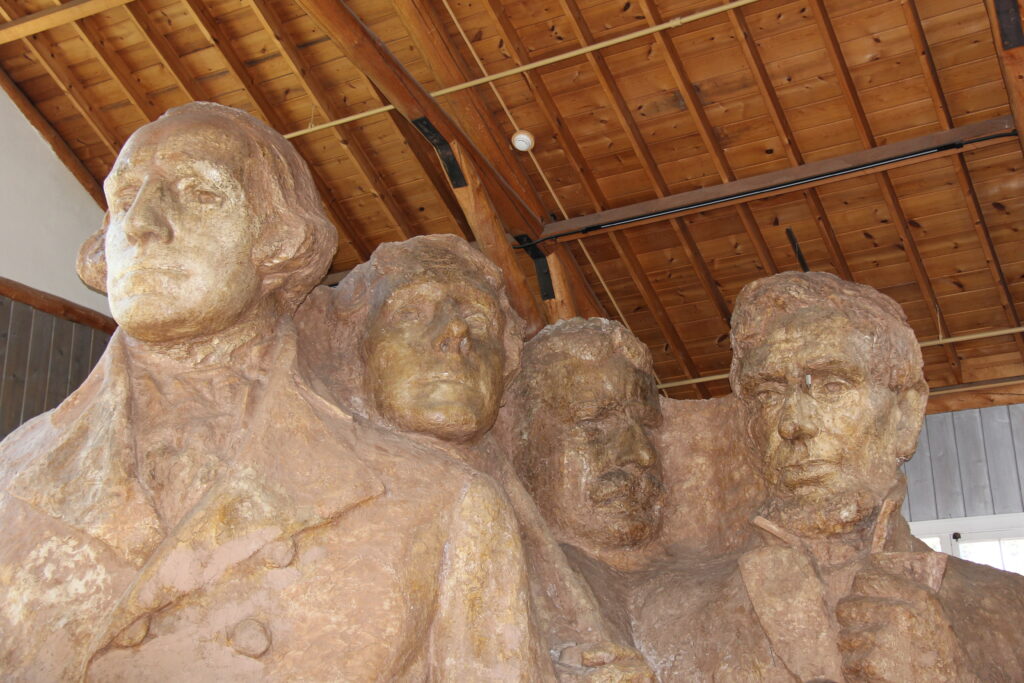
Mountain Goats are a common sight in the park, but are not native fauna. They are descendants of a herd that the Canadian government gifted to Custer State Park in 1924, which later escaped and are now widespread through the Black Hills.
